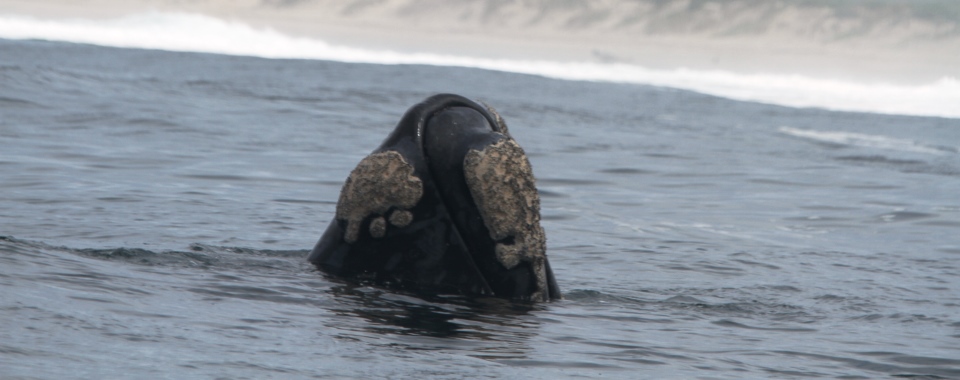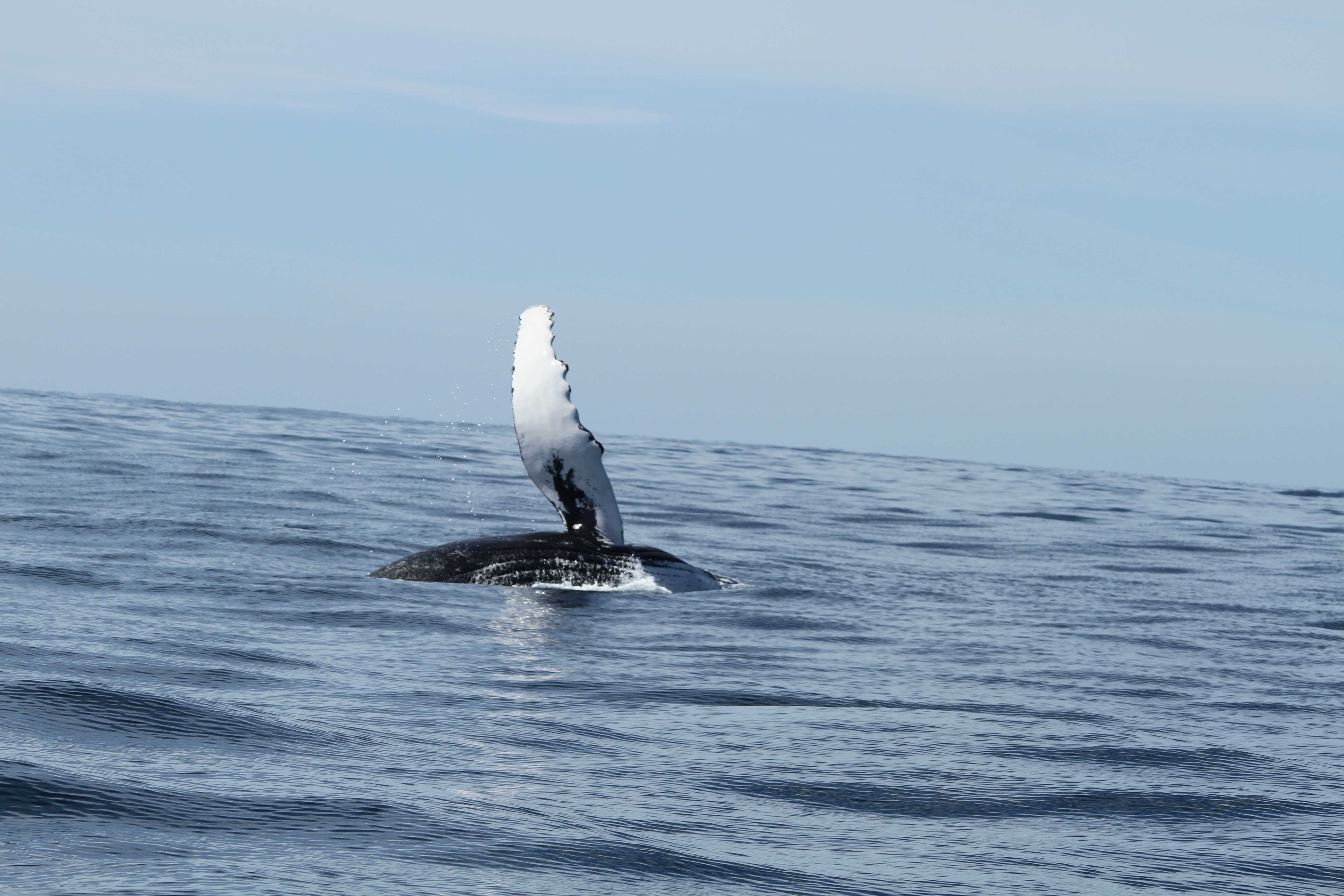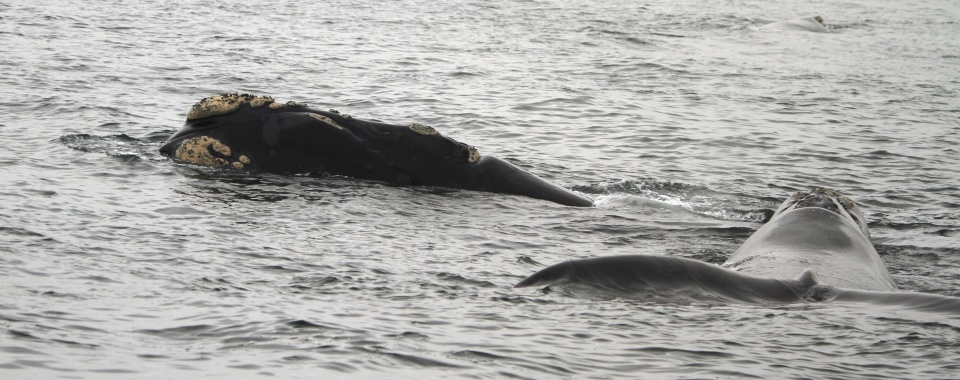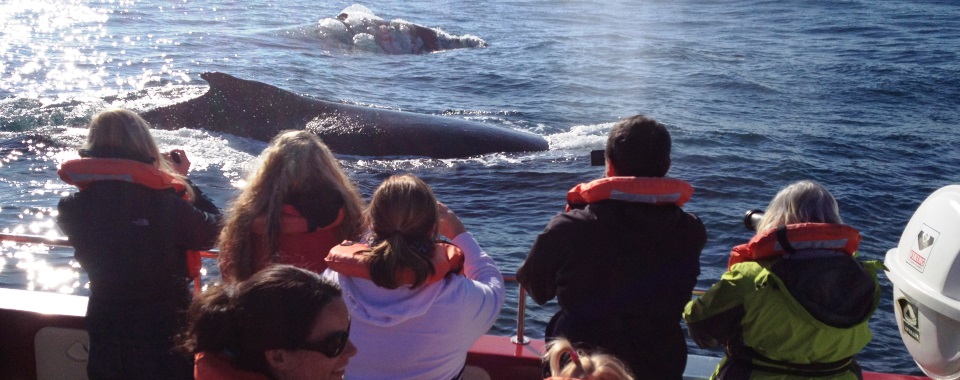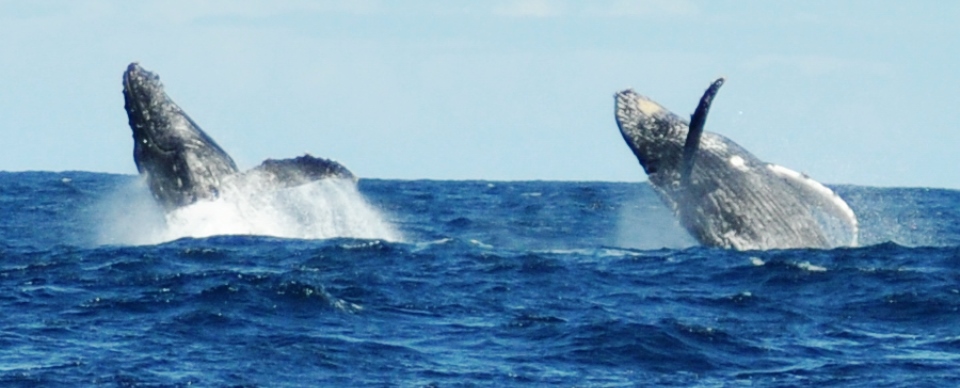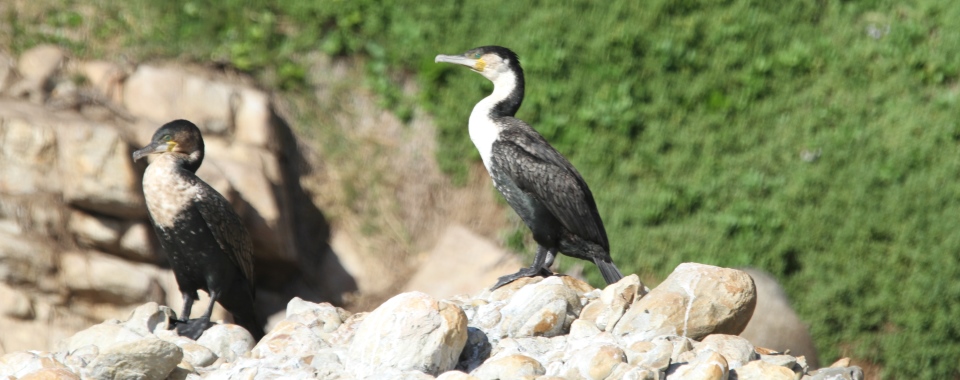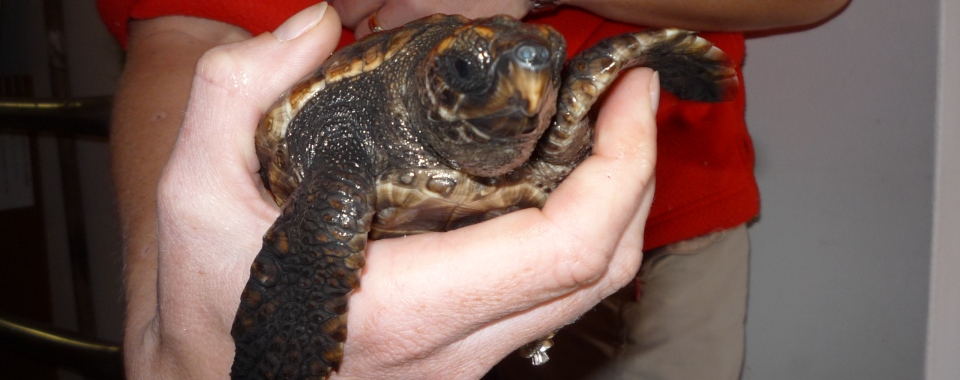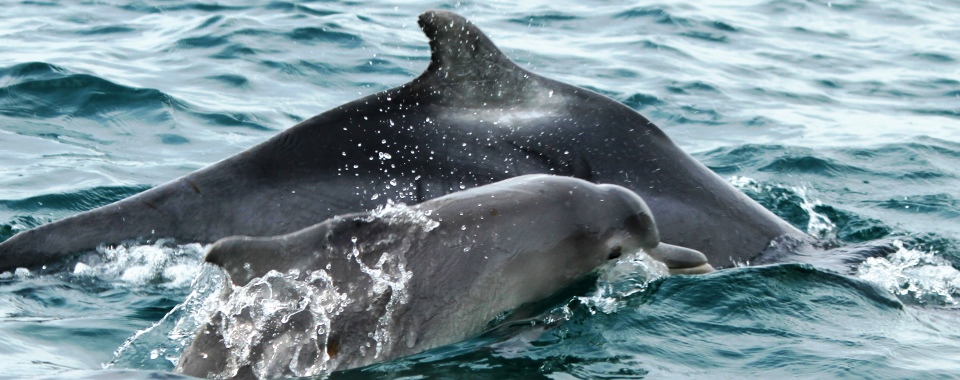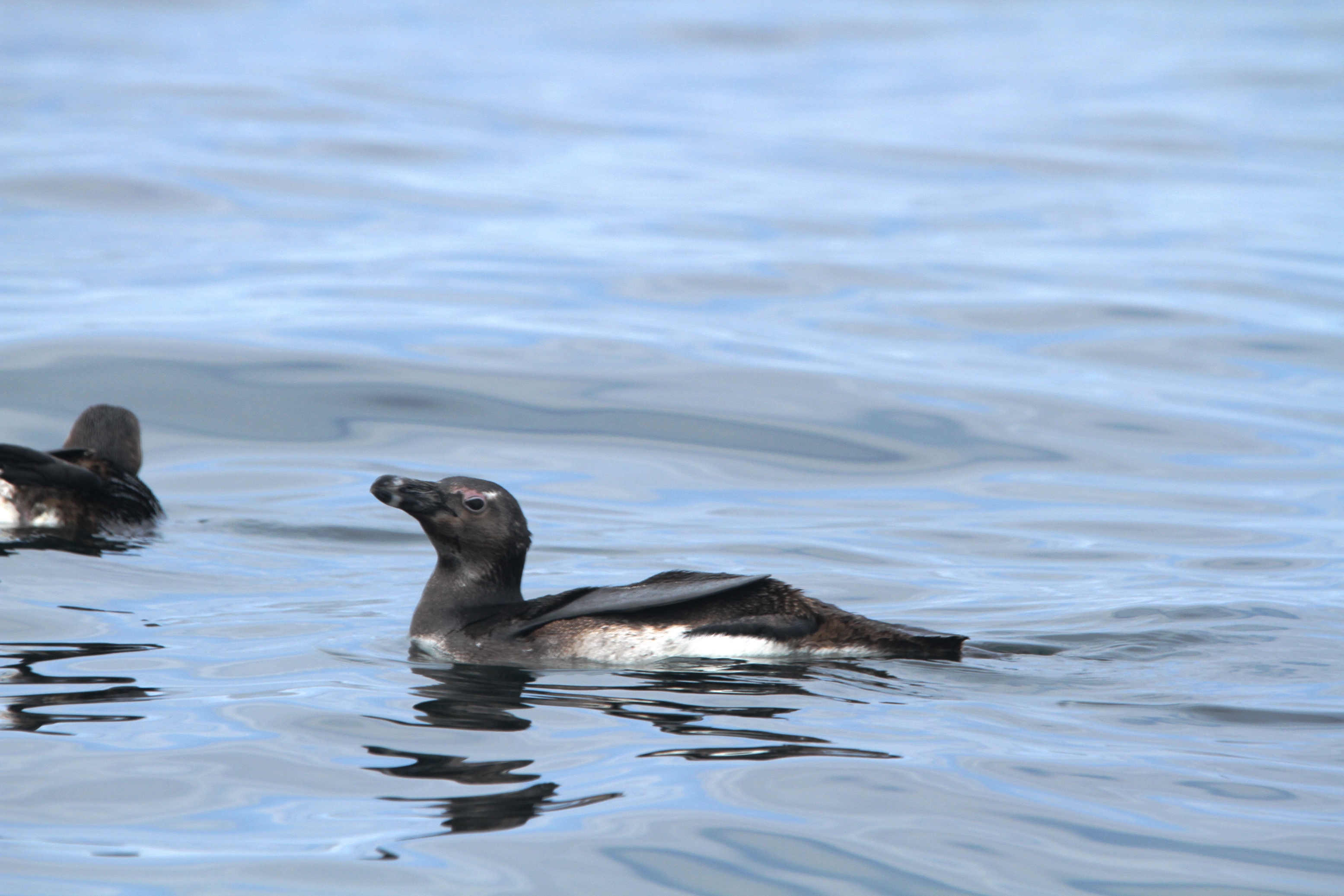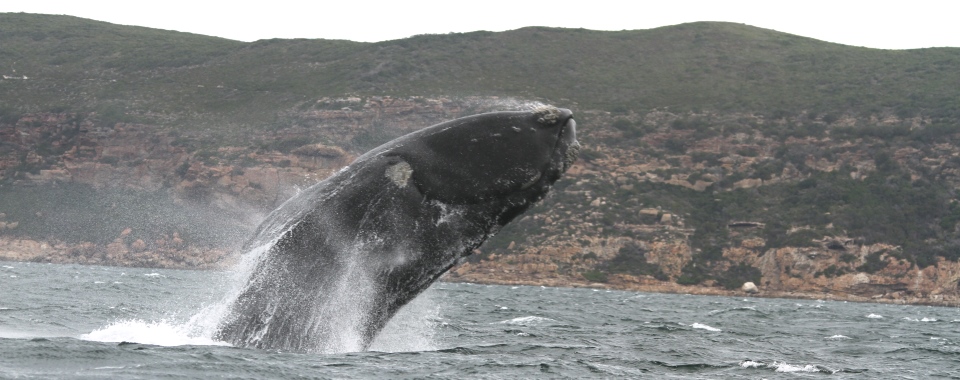In earlier posts we discussed different relationships between animals (mutualism and parasitism). The last type of relationship between organisms is commensalism. Commensalism means “eating at the same table” and is when one organism benefits from another organism without affecting it. Compared to mutualism and parasitism, commensalism is hard to give examples of since it’s hard READ MORE
Bio-mimicry comes from the Greek words bios (life) and mimesis (imitation). This happens when humans get inspired by animals or plants for inventions. Humans have used a lot of designs from nature. Birds and bats wings have inspired people to create airplanes. The wings of turbines are formed after the long flippers of Humpback Whales, READ MORE
There are two things that animals always strive after, to eat and reproduce. In some species the reproduction instinct is so strong that females starve themselves for their offspring. This is seen in Southern Right Whales that only eat 3 months of the year enabling them to give birth in warm, calm waters (for more READ MORE
We had great Humpback Whale sightings on our boat trips with one whale playing (chasing) a seal around. They came up close to the boat and the seal seemed to enjoy the game as much as the whale. It’s amazing how different animal species can interact and play in the ocean.
Humpback Whales (Megaptera novaeangliae) can grow up to 15m in length and weigh between 30-40 tonnes making it the 5th largest whale. They are normally found migrating single or in small groups aggregating in their feeding and breeding grounds. Humpback whales can live to 60 years or older. They are grey/black on their dorsal and READ MORE
For an animal to keep the right body temperature they use thermo regulation. Thermo regulation is the ability to keep the optimal body temperature even when the surrounding temperature is different. A thermo conforming animal will adapt to the same temperature as their surrounding (like reptiles).” Why don’t all animals use thermo conformation?” Most animals READ MORE
Loggerhead Turtles (Caretta caretta) are found in tropical waters all over the world. Loggerhead Turtles are a part of the marine reptile family (Cheloniidae) and got their name from their exceptionally large head with a heavy, strong jaw. Loggerhead Turtles carapace (back) is reddish-brown in color and heart-shaped with large non-overlapping scales. They have short, READ MORE
Bioaccumulation is when a harmful substance (pesticides or organic chemicals) gets absorbed by an organism at a higher rate than it can be excreted. “What is the problem with bioaccumulation?” When toxins gets absorbed at a higher rate than the body can get rid of it, the organism is at risk of chronic poisoning. Even READ MORE
In South Africa there is one penguin specie that lives and breed along the shore line called the African Penguin (Spheiscus demersus). The King Penguin (Aptenodytes patagonicus), Southern Rockhopper Penguin (Eudyptes chrysocome), Northern Rockhopper Penguin (Eudyptes c. moseleyi) and Macaroni Penguin (Eudyptes chrysolophus) can also be seen in South African waters on rare occasions. African READ MORE
The Southern Right Whales are preparing to leave the South African waters. They are going back south to the Antarctic to feed during the summer months. With Ocean Blue we see the last Southern Right Whales leaving Plettenberg Bay for the long migration. The whale in this photo said “goodbye” with a bang breaching on READ MORE


